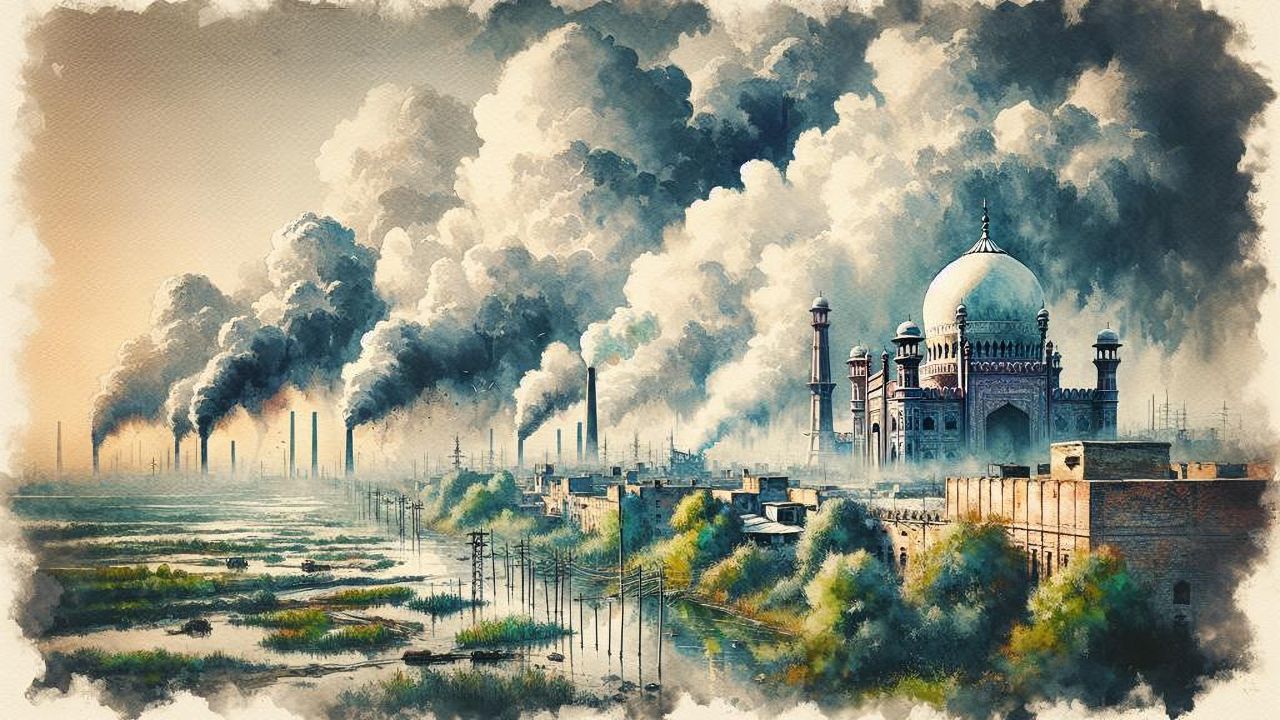
The Indian pandemic: 1 million and counting!
The TLDR: We break down the latest Covid-19 numbers, and look at where we are now, and where we are headed.
First, the numbers
India passed a grim landmark on Thursday, and now has 1,003,832 cases. We are now the third country to cross this number, and are still behind Brazil (1.92 million) and the US (3.4 million). We are adding, on average, 30,000 cases per day—which is also lower than Brazil and the US.
The silver linings
One: The number of deaths remains low at 25,602. At the one million mark, the US had chalked up 57,700 deaths, while Brazil had lost nearly 50,000 people. India's number of deaths per million of the population is among the lowest in the world.
Two: Among the three, India has taken the longest (114 days) to hit this milestone since reporting 10 deaths.
Three: The number of recoveries is high. The current number of patients is 331,146—which is only one-third (34%) of that one million total. According to the Health Ministry, less than 2% of patients end up in the ICU.
Four: The spread is limited. Only two states—Maharashtra and Tamil Nadu—constitute 48% of the country’s active cases (that 331,146 number). And just 10 states account for 85%.
Five: Lakshadweep Islands! The union territory with a population of 644,473 has managed to stay virus-free. The reasons: early screening and mandatory quarantine of travellers, starting February 1!
Causes for worry
One: We went from 500,000 to 1 million in just 20 days. And as Mint notes: “More worryingly, India’s curve of new cases is on a rising trajectory, and is showing no sign of bending mildly and temporarily”—unlike even the worst-hit United States. What this means: we don’t know when we will hit our peak.
Two: The numbers are rapidly rising outside the worst-hit states. Uttar Pradesh, Andhra Pradesh and West Bengal have all seen sharp increases in recent weeks. The total number of infections in each of these states has nearly doubled since the start of July.
A big cause for concern: Bangalore, which reported 2,344 new cases on Thursday—a new record. Karnataka’s numbers are growing at the fastest rate in the nation at 7.29%.
Three: Hidden infections that will push our totals even higher. While India still has the lowest testing rates in the world—9,289 per million—a number of states have ramped up screening. And a high percentage of those tested are turning up positive.
For example, Bengal screened 11,388 people on Wednesday, of which 1,690 came back positive on Thursday—a 14.8% positive rate. The rates for other states are 22% in Maharashtra, 12% in Tamil Nadu and 11% in Delhi.
A medical expert told The Telegraph:
“When the rise in testing is accompanied by a rise in cases detected, it means the more you test, the more cases you find. This means there are infections still to be detected. When increased testing is not accompanied by an increase in daily cases, it’s an indication that the outbreak is under control.”
Reminder: Increased testing will throw up more cases. The number of deaths remains the bigger red flag, and that remains low for now.
What lies ahead
Seasonal effect: A new joint study conducted by IIT Bhubaneswar and AIIMS Bhubaneswar indicates that the onset of the monsoons—followed by winter—is a cause for worry. The reason: there is some evidence that the virus spreads more easily in humid and cooler temperatures. The study notes:
“The mean difference in temperature (average) of seven degrees between winter and summer points to possibility for greater spread of Covid-19 from an environmental perspective.”
The best/worst case scenario: A team of researchers at the Indian Institute of Science (IISc) have developed a predictive model. The worst case: 6.6 million cases by September 30. The best case: 2.6 million—but only 450,000 are active cases.
The model—which is yet to be peer-reviewed—looks at a variety of lockdown scenarios, and takes into account region and age. Its key conclusions:
"The recovery rate has increased since May 3, 2020 and consequently reduced new infections. It emphasises the importance of appropriate medical care and timely quarantine.
Among all measures, contact tracing, quarantine and social distancing are key to contain the spread in the absence of a vaccine.
One or two-day lockdowns per week (e.g., Sunday, Sunday & Wednesday etc) with complete compliance along with adequate social distancing during other days is effective to reduce the spread."
Without such measures, the worst that can happen: we won’t hit our peak until March. At which time, we will hit a total of 62 million—including 8.2 million active cases—and 2.8 million deaths.
The bottomline: The future spread of the disease is in our hands. As Atul Gawande writes in the New Yorker, “[I]f at least sixty percent of the population wore masks that were just sixty-percent effective…the epidemic could be stopped.”
Reading list:
Here’s a quick round-up of the rest of the Covid-related news:
- IIT-Delhi has developed the world’s cheapest test—and it can be used freely by companies as long as they keep the price less than Rs 500 per kit.
- Contact tracing apps only work when at least 15% of the population downloads them. Even though 50 countries have rolled out such apps, only five—Qatar, Israel, Australia, Switzerland, and Turkey—have hit that threshold. India's download rate: 12.5%.
- The US, UK and Canada claim that Russian hackers are trying to steal Covid research data—primarily to steal information on a cure. Moscow strongly denies it.
- India has sealed agreements with both the US and France to permit flights between the two countries. Coming up: 28 Air France flights between July 18 to August 1 and 18 United Airlines flights in the same period. Coming soon: a similar arrangement with Germany and the UK.
- Sex workers in Bolivia are planning to return to work using gloves, bleach and see-through raincoats. The thigh-skimming “biosecurity suits” are part of a 30-page coronavirus security manual.
- Coming soon: the 15-minute city. An international coalition of 96 cities—including five major Indian metros—have put forward a post-Covid vision: A city where everything a person needs is available within a 15-minute radius.
- A new study found that a vaccine has to be anywhere between 70-80% effective in order for us to end the pandemic, and safely stop social distancing.
- The government has barred all health institutions from sharing testing data in Jammu and Kashmir with the media.







